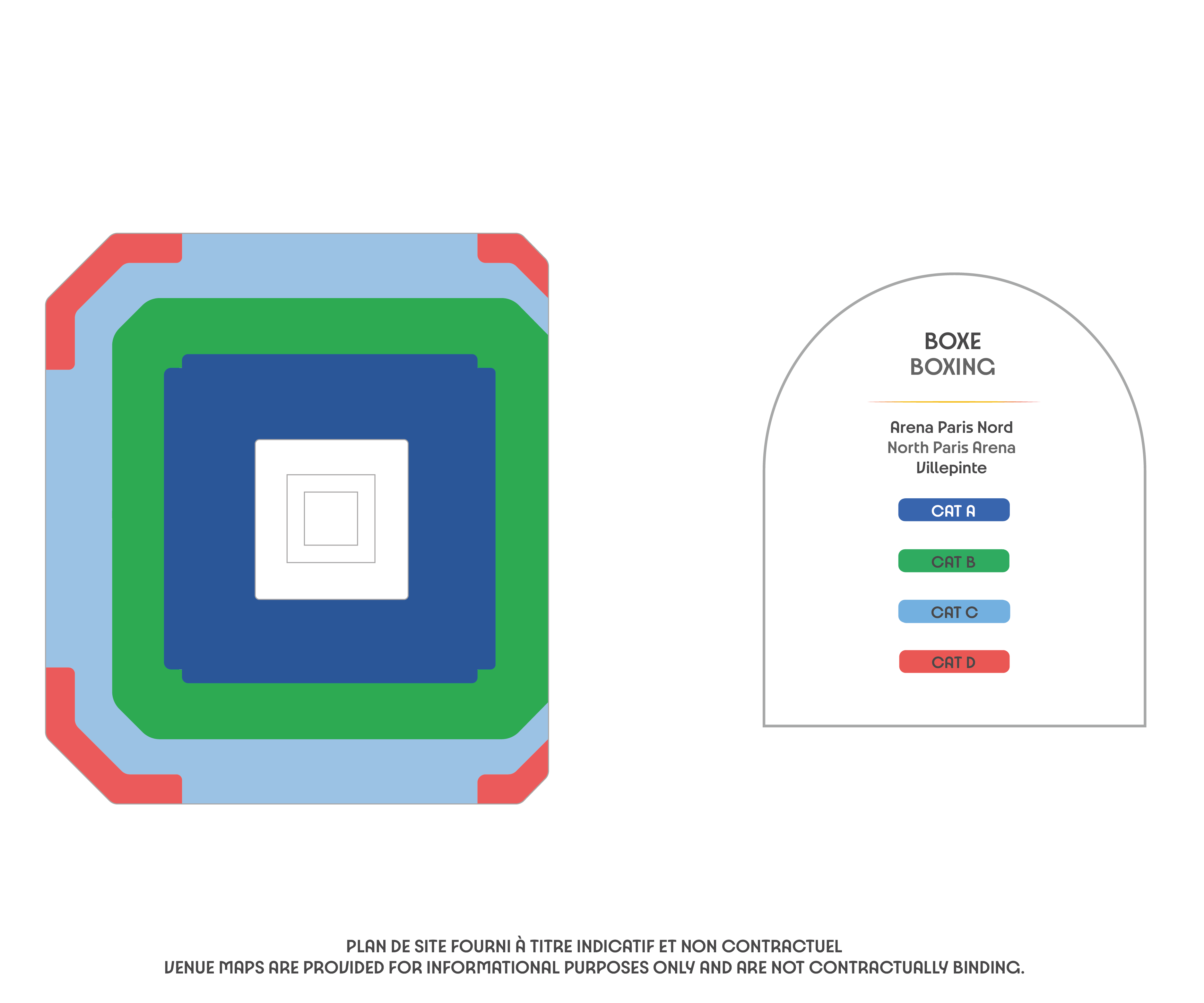BOX28 M/W - Finals
Scheduled events (subject to change):
Women's 57kg Final Bout 21
Men's 57kg Final Bout 17
Women's 57kg Victory Ceremony
Women's 75kg Final Bout 15
Men's 57kg Victory Ceremony
Men's +92kg Final Bout 15
Women's 75kg Victory Ceremony
Men's +92kg Victory CeremonyCapacity: 14,962Stade Roland Garros French pronunciation: [stad ʁɔlɑ̃ ɡaʁos]; "Roland Garros Stadium" is a complex of tennis courts, including stadiums, located in Paris that hosts the French Open. That tournament, also known as Roland Garros, is a Grand Slam tennis championship played annually in late May and early June. The complex is named after Roland Garros a pioneering French aviator, and was constructed in 1928 to host France's first defence of the Davis Cup. The 13.5-hectare 34-acre complex contains twenty courts, including three large-capacity stadiums; Les Jardins de Roland Garros, a large restaurant and bar complex; Le Village, the press and VIP area; France's National Training Centre and the Tenniseum, a bilingual, multimedia museum of the history of tennis.
Roland Gaross Stadium - Boxing

